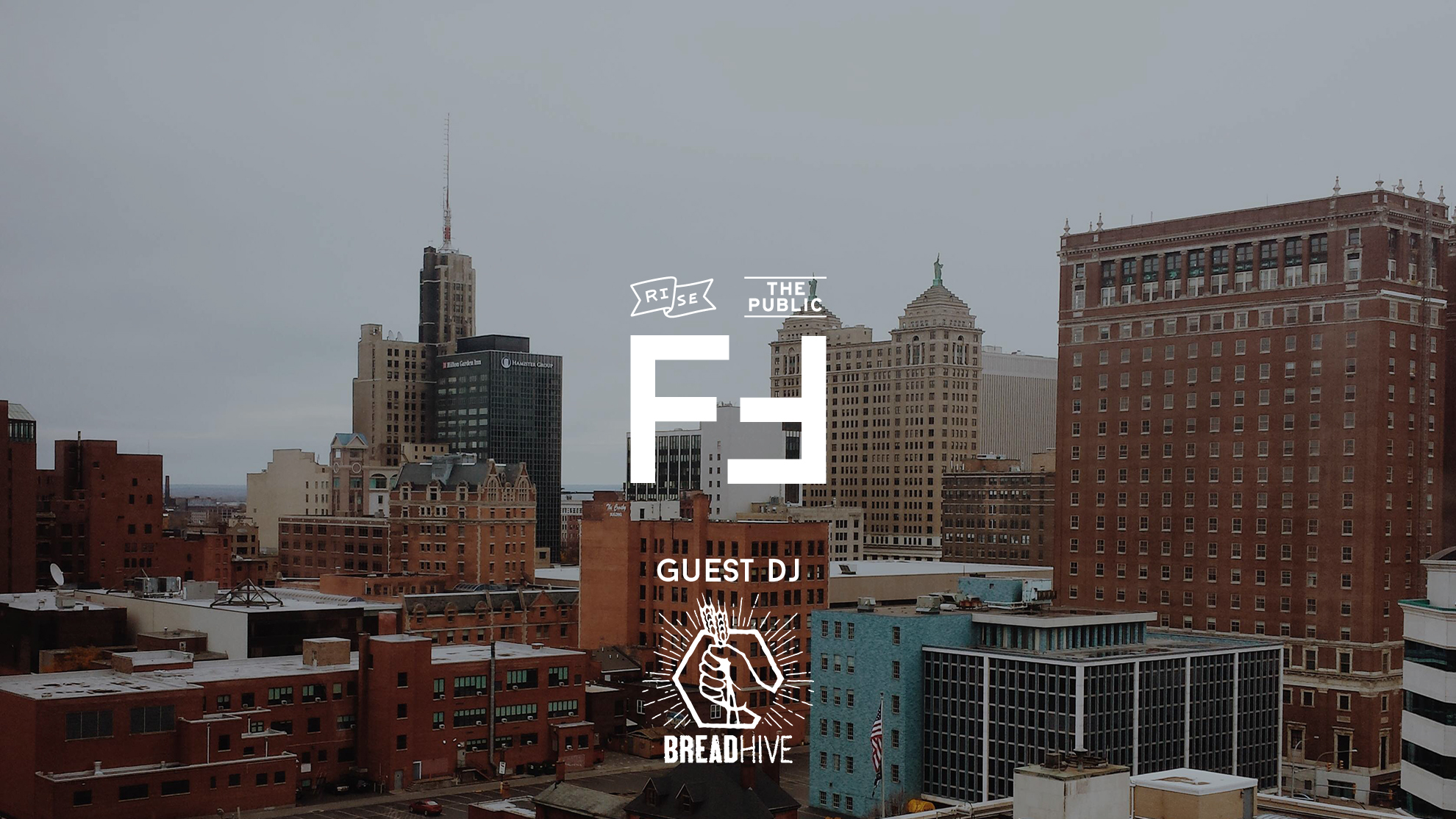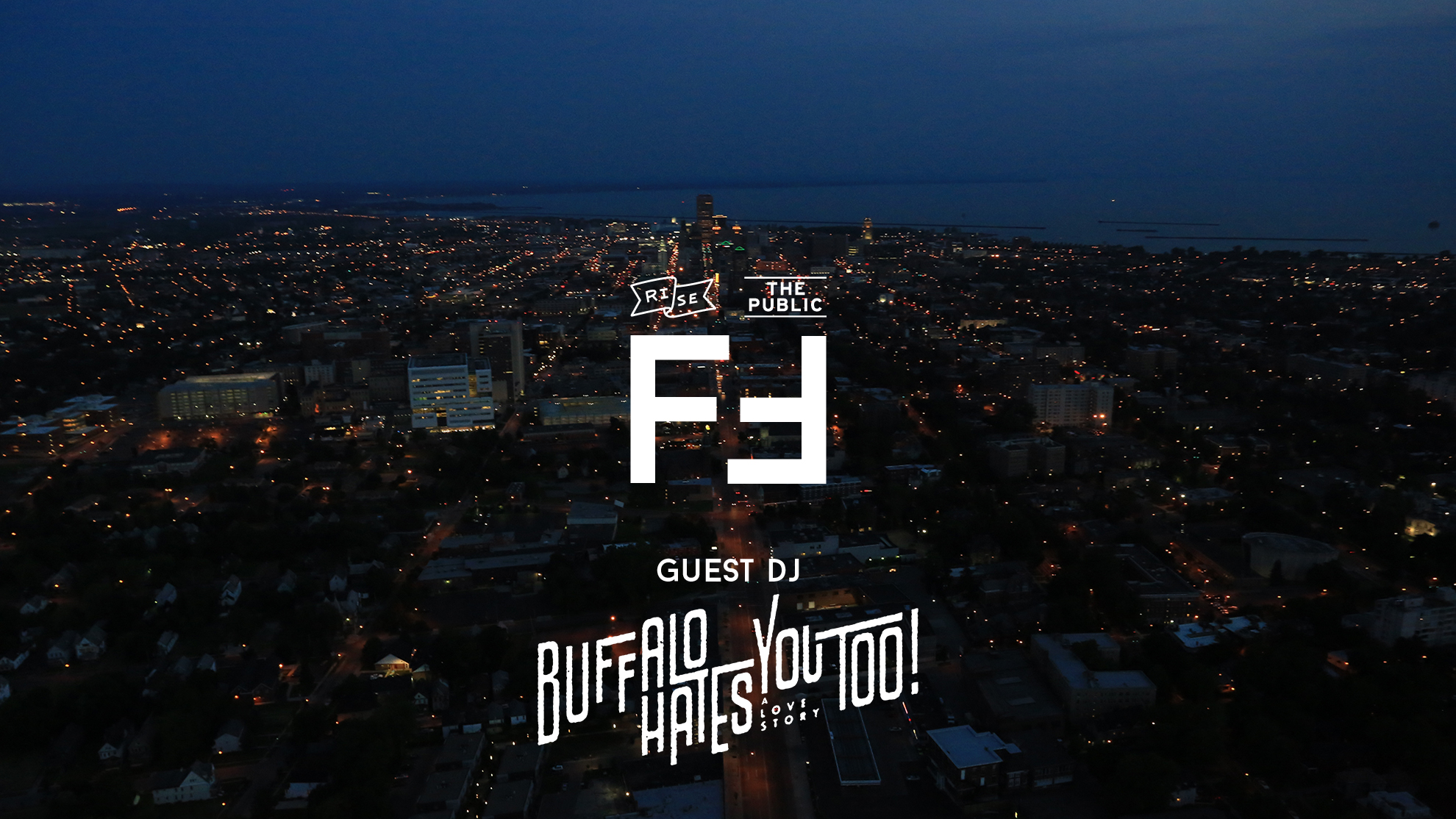Written by Kevin Heffernan
Photos courtesy Fat Bob’s
“If you’re sitting there waiting for things to get back to normal, and then carry on like you used to – don’t. It’s not going to get back to normal, and the time to adapt is now.”
Shopping local is smart financial strategy for you and your neighbors. It’s understanding the big picture of how money moves through an economy and a region, and how your spending decisions can come back to affect your own wallet when that money comes back to you and your business. When you shop at a national chain, our entire region says farewell to over 70% of what you’ve just spent. It’s gone and we’re all left to fight over a shrinking pool of money. By shopping, eating, drinking local, you help build a bigger pie for everyone, where locally-owned businesses on average keep over 70% of what you’ve spent with them inside our region’s economy *.
We become revitalized not by cheering on the latest sandwich from Pop-Eyes “Louisiana Fast” dreamt up in Mooresville, North Carolina, but by ordering from our friends and neighbors right here. This will be especially critical in the coming months and years of our recovery. We are an economically weak region despite all the talk of renaissance preceding this crash, but that doesn’t have to be the case forever.
We’re kicking off some in-depth interviews with local business owners about how they’re rapidly evolving their business structure to keep up in unprecedented times. Meet the people you affect with your decisions. Plenty of outstanding Buffalonians have stepped up to support these businesses, but more can be done by all of us. It’s not charity – it’s delicious food, beer, or high-quality goods with stronger, smarter economic impact.
First up, Pat Ryan, owner of Fat Bob’s Smokehouse on Virginia in Allentown. Full disclosure, this is not a paid placement, but Fat Bob’s has been an advertiser in No Boundaries magazine in the past.
“Essentially the whole format of our business has flipped and changed. We’re trying to roll with the punches. Regulations continuously change. As we’re keeping up with that, we’re trying to figure out how [our customers] order, where they order, what will they get accustomed to? First couple weeks, it was day-to-day. Now our outlook is finally week-to-week.”
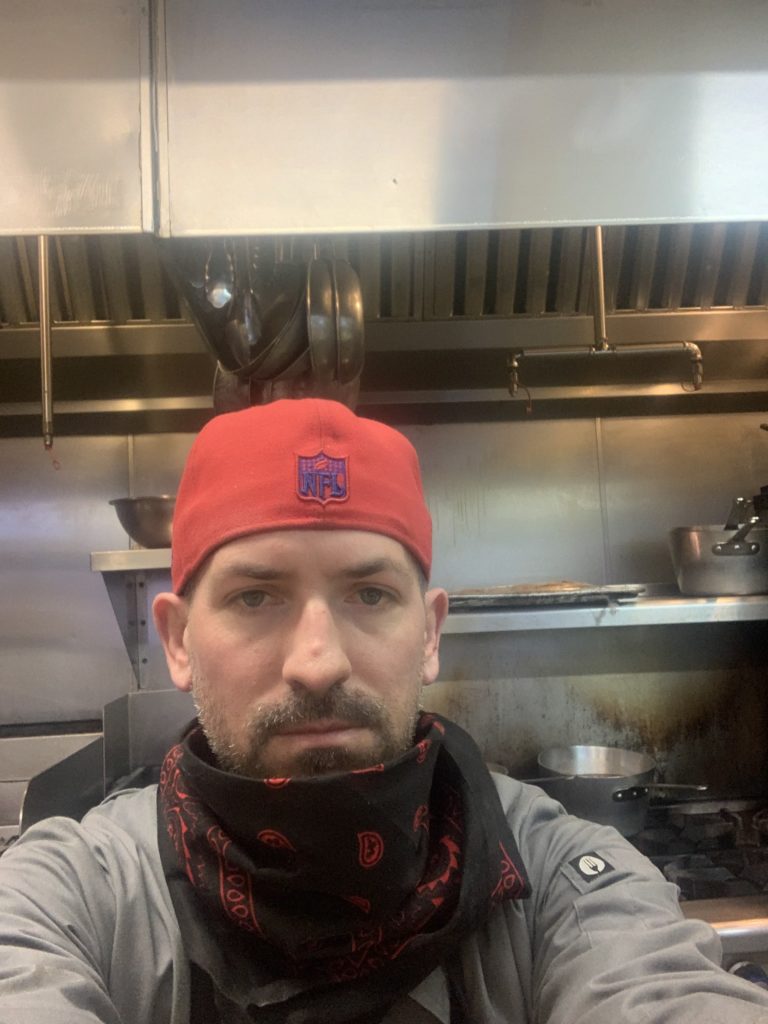
I caught up with Pat Ryan over the phone around 4PM on a Monday. His business currently operates Wednesday – Saturday. While we chatted, he was prepping dinner for his family, answering questions from his kids as they jumped in and out of the room, and letting the dog in and out of the house. Pat is busy, at home and at work. He and his wife Bridget Sullivan Ryan own Fat Bob’s Smokehouse, a favorite stop for fans of BBQ, darts and gorgeous garden patios. Their efforts, their plans, the structure they operated under has been turned completely upside down since March 15 when Fat Bob’s closed its doors.
“The fear and hype began to finally hit Buffalonians by the 15th, so we just closed. On the 16th, the order went out that by 8PM all our dining and bar area should be shut down anyways. That week Wednesday [March 18], Thursday, Friday, we were trying to run to-go orders. We had to send nearly our entire front-end staff home, hosts, waiters, bartenders, thinking it would be two-three weeks before they were back and everything was normal again. About 20% of our core workforce remained.
“There was a lot of confusion that week. We still didn’t know much about the virus or how it spread, how it lived on surfaces, or keeping people six feet apart. We were all washing hands and wearing gloves, but that didn’t feel like enough. We made it a rule that no one other than staff should enter the facility. Not customers, not vendors, no one, and still it was just confusing and we feared for our staff’s safety.
“So we closed a second time.”
Fat Bob’s stripped down their coolers to the bone. Ryan said that for the first time in twenty years, everything was emptied out and receiving new goods from suppliers was halted. They gave away a lot to staff, they donated to local charities, all of it was gone, lights out, doors locked.
That lasted all of eight days. Not one to sit still, Ryan eventually contacted his staff and said, “Hey, let’s get this going again.”
By that time, staff were locked to the news and were apprehensive about returning. For many, the idea of collecting unemployment from the safety of home outweighed the risk of working with people again. Amidst all that uncertainty in March, much of which persists today, who could blame them?
Fat Bob’s food truck staff was the first to come back on.
“But now I thought, man, do you know how much work this will be to reopen this thing? Everything we had was gone. All that stock was gone. The routine we’d been operating under for years where you know who makes what, how much of it we have, how much is usually ordered on what day of the week, where it’s located and what day its restock will arrive, was all gone.”
A byproduct of all of this was a review of the restaurant and food truck’s operations from top to bottom.
“At this point I’m thinking ‘What do we need to do to get some life in the building? Why not get the truck out a couple times a week?’ So we launched just some small operation with limited menu to run from the truck. But where should the truck go? For a few days we just parked it right outside of the restaurant. It was an easier way to show people we were operational, and kept all customers out of the facility.”
It worked well for two days, March 28 and 29, and then it was time to re-evaluate everything again.
“We were getting so much traffic it made no sense to have the truck as our kitchen right outside our own door, so we kicked everything back into our main kitchen and only offered curbside, 12P – 7P.”
Measure. Re-evaluate. Shift for a fourth time after another six days.
“One week in, it became evident how few people were working in offices, or regular hours at all, so we decided lunch was no longer worth it. We went 3P – 730P Wednesday – Saturday and have stuck with that since April 1.
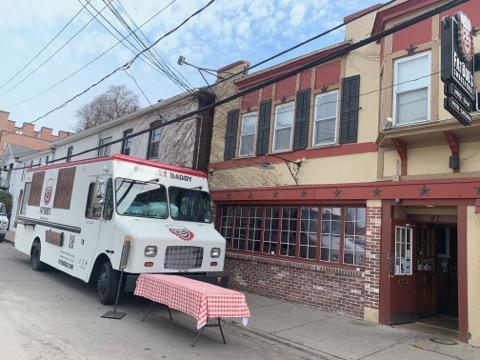
Guess.
“The first week we guessed at what we’d need, and as more regulations were released every day, we were operating within the fear that the state could completely shut us and every restaurant down completely, after we had just restocked everything with perishable foods.”
Then it was time to take a look at literally how orders were happening.
“Stopping by to make an order was exposing our staff too much. We asked people to order online to keep interactions as minimal as possible.
“The second week of April finally aligned with the week before it, which helped us plan, helped our staff know what to do and develop a routine.”

Every job became everyone’s job.
“Everyone lost their title. All hands on deck, all responsibilities are everyone’s. It’s been a really cool experience to watch the teamwork, the buy in, the heart. It’s really rewarding – at the same time, It’s been a lot of fucking work!
“These days, we have a few more people in the building, we’re answering the phone more regularly, we’re more clearly showing our hours. Boxed lunches are coming online, WNY Feeds the Front Line has given us a huge boost. There have been a ton of companies that are open, and they are either buying food for staff in bulk, or they’re directly purchasing from us for WNYFTFL.
“Catering has slowly been ramping, and we’ve been carefully, strategically putting the truck out, but we are still very low on staff, so we have to be careful. Now that we’re in April, we’re seeing good things add up, but we’re not chasing down new leads because we’re crushing our staff as it is.”
Trying to grow while unemployment offerings are bountiful and staff refuses to return as a result.
“Now, people are starting to get their unemployment checks and our staff is seeing that by working their tails off, they’re sometimes making less than people who are sitting at home doing nothing. We’ve been really open and honest with our entire team. They’ve been frustrated, exhausted, they’re looking for a plan. But there isn’t one right now, this is it. That they’ve stuck around with us shows their character, their drive, the hard work they want to to do. This isn’t normal. you have have to be a pretty strong person to get up every day and come in and meet the demand we have.
“People are still tipping, even though we are no longer a service-based business. People seem happy that we’re operating and want to thank our employees with their tips, and we pool all tips amongst the staff, so it’s allowed them to raise their hourly rate by $5-10 per hour.”
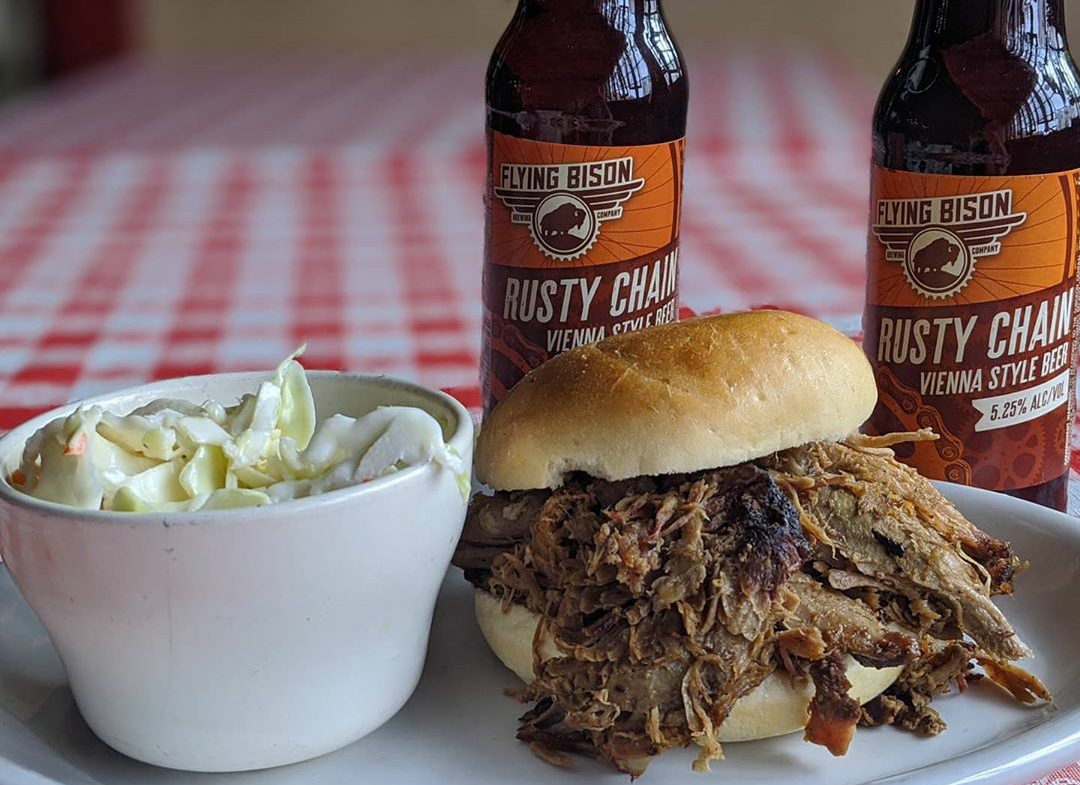
“To anyone unsure about working right now, either with the positions we’ve posted, or at other restaurants in the region, I would invite them to weigh their options carefully. We are working in a safe environment with masks on and minimal interaction with customers. The experience you’ll get today and over the next few months is unlike anything you could ever learn any other time about this industry. This experience shows you everything people would take for granted in restaurant world – we’re building it brick by brick every day. This isn’t something you can teach under normal circumstances.
“This past week, we were able to add a couple people who gave some capacity to our current staff. Allowed us to do more truck events, serve 1,000+ people with catering. Takeout has been as consistent as it can be, and we can kick these orders out with the staff we have.
“If we were able to add extra staff, we could add more days per week. We could talk on more food truck or catering.”
Beyond week-to-week, what does the future hold?
“Knowing what we’ve had to do, what losses we face, I don’t really know if dine-in is going to be a thing until there is a vaccine. Opening at 25%, 50% capacity may not be more viable than continuing to run the way we are now, until we could get to 75%, 100%.
“Very early on, there was a story on a global restaurant forum I’m involved with. It said that out west on the plains, when there’s a storm looming, cows will instinctually turn away and seek shelter and wait until the storm passes. But Buffalo will head toward the storm and run through it, knowing it will be more intense, but that discomfort and danger may be over sooner.
“I’ve taken the mindset of be the buffalo through this. We’ve been at a sprint, I don’t know how long it will be, but we’re not running away. We could focus on the problem, or we could focus on outcomes and how to win.
“We have to focus on the positive, and what changes get us to prosperity. I say again, to everyone, in any industry, if you’re sitting there waiting for things to get back to normal, and then carry on like you used to, don’t. It’s not going to get back to normal, and the time to adapt is now. This will change and if you’re already agile, you’ll be able to change with it.
“Our ability to turn this whole thing around goes to the good people who work with us – I could never do this by myself, there’s no F’ing way.”

– – – –
Remember that every locally-owned restaurant in town is working to keep their websites and social media up-to-date while managing everything else within this, but you can also call to see what’s going on and how you can order from them for yourself, your family, or WNY Feeds the Front Line. Our locally-owned restaurants are what make our region incredible to live in as well as a tourist attraction. Chik-fil-A, available everywhere else in the country, doesn’t.


